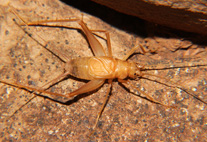Abstract
The new taxon Paraclausastrea vorarlbergensis sp. nov. is described from the upper Barremian-lower Aptian (Schrattenkalk Fm.) of western Austria (Vorarlberg). It belongs to the montlivaltiids and is characterized by thamnasterioid to submeandroid corallite integration, diameters of corallites ranging between 3 and 6.5 mm, and septa that are generally developed in 4 incomplete cycles in 6 generally irregular systems. In a small number corallites that are around 6 mm in diameter, 4 complete cycles are present. In corallites that are around 2 mm in diameter, usually between 12 and 18 septa are present. The new species differs from all other forms of Paraclausastrea in having the largest number of septa. This is the first report of this genus for the Schrattenkalk Formation.

